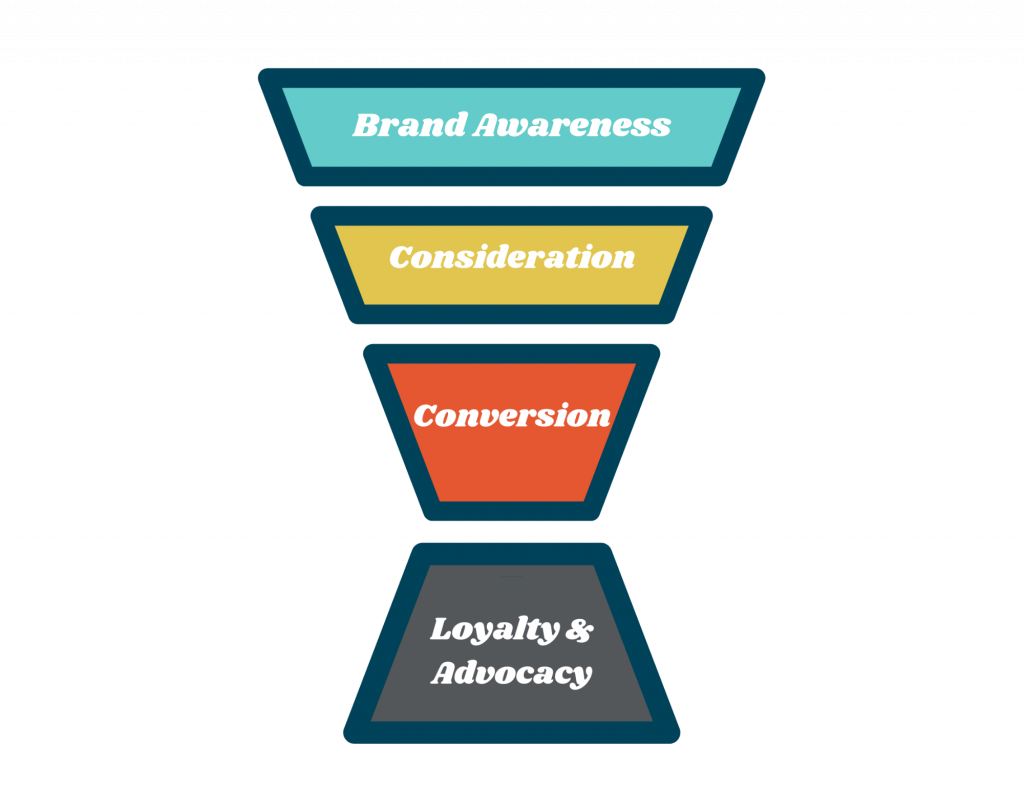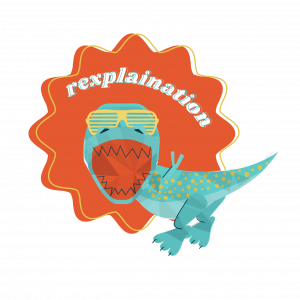The Marketing Funnel: How to Drive Success with Your Digital Strategy
What is the Marketing Funnel?
In simple terms, the funnel can be defined as merely a theory. It explains how, when, & why your audiences might convert into customers – starting from when leads are first introduced to your brand, all the way to their loyalty to you as a valued customer.
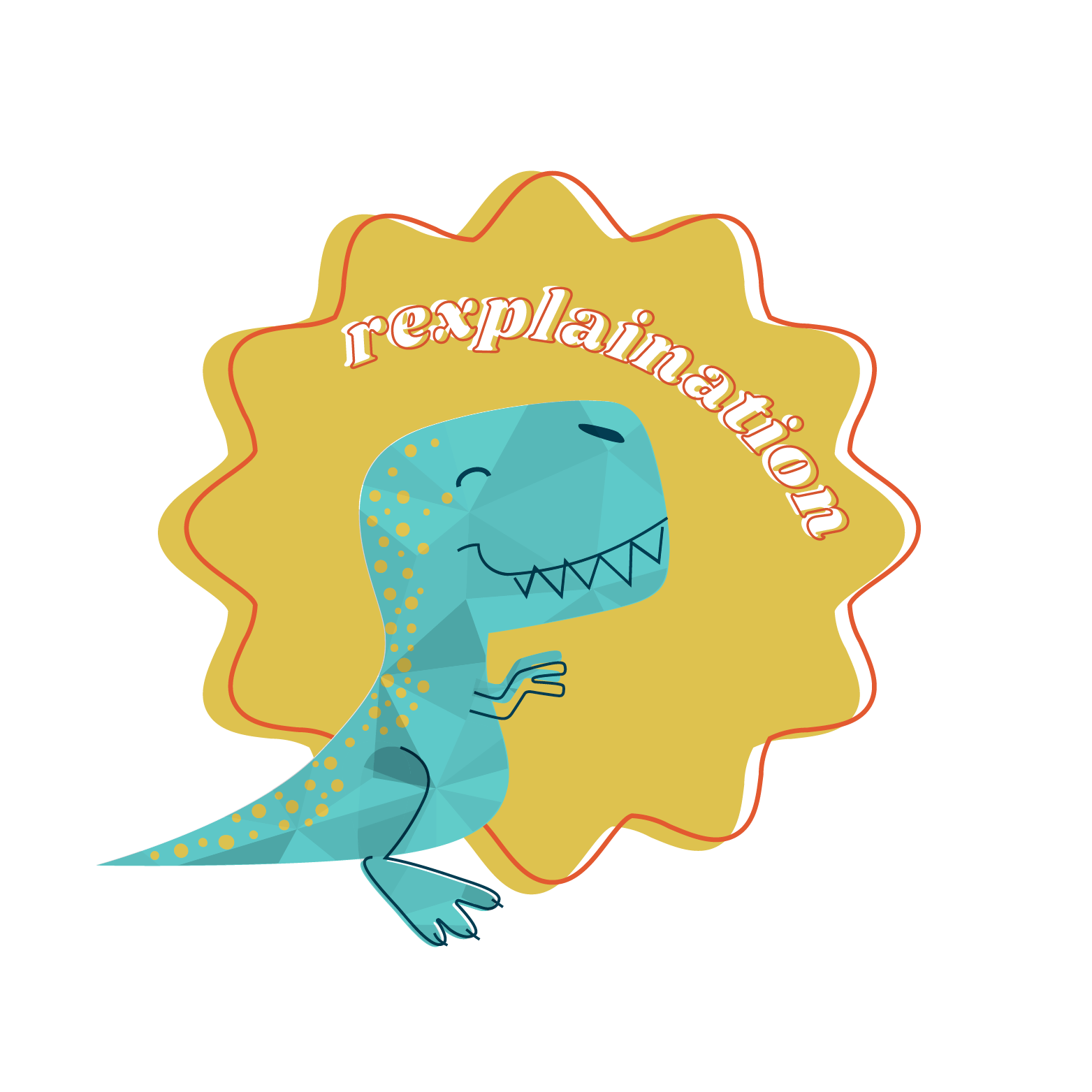
There are 4 phases of the Marketing Funnel: Brand Awareness, Consideration, Conversion, and Loyalty & Advocacy
Why is this important?
- Am I selling a product/service people will invest in on a whim or impulse?
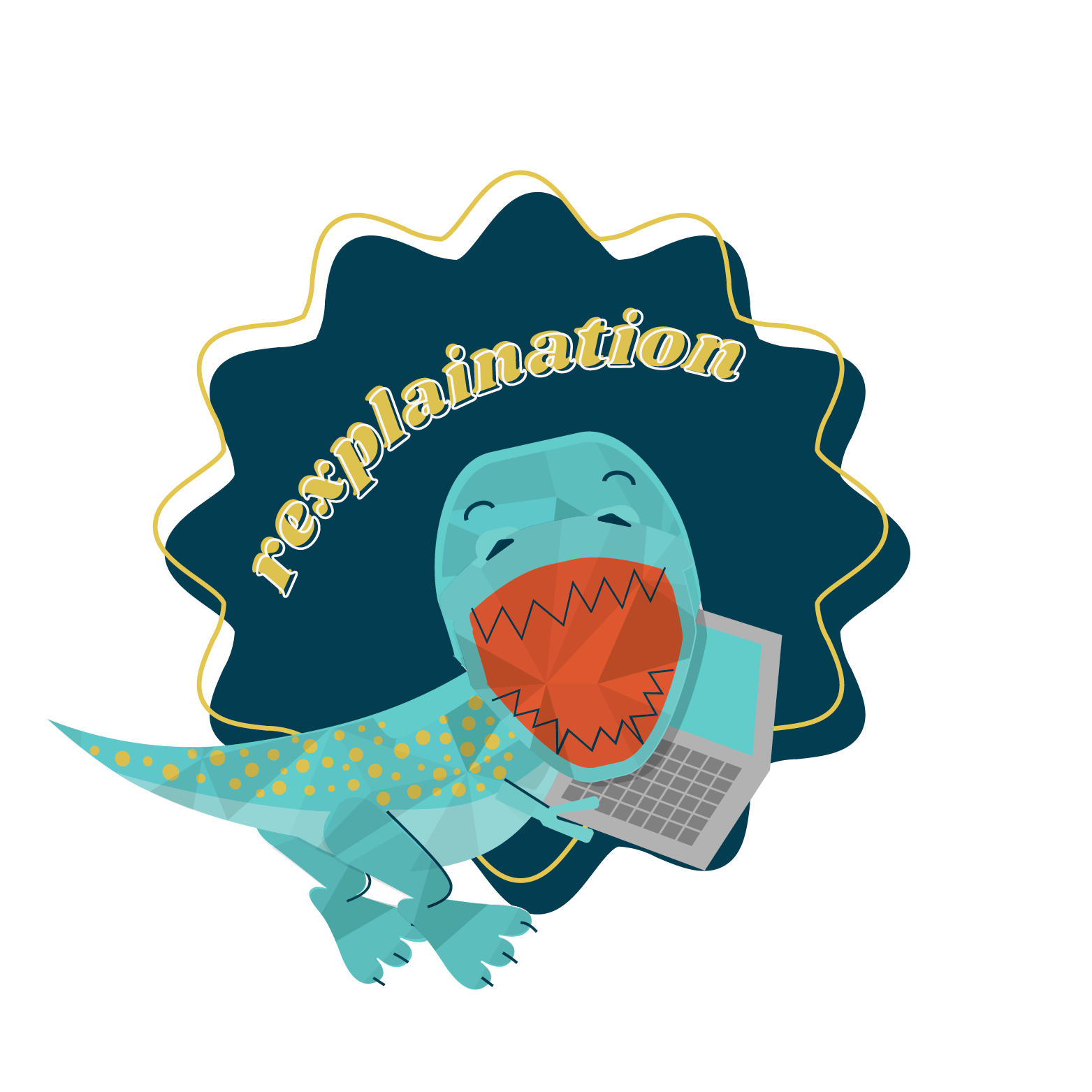
Some brands’ customers have a lengthier purchase cycle than others. The Marketing Funnel teaches us how to convert leads into customers from when they are first introduced to your brand.
Phase 1: Brand Awareness

Your Message
This is your introduction to the world, and first impressions are crucial. What do you want your audience to remember most about you right now?
- Hit heavy on branding.
- Make sure your logo and brand elements are strongly represented.
- Focus on storytelling around your brand.
- Entice users to learn more about who you are. Drive them to your website to gain more information.
- Avoid any aggressive selling.
Your Audience
It is a funnel, after all, so your audience at this phase should be fairly broad. Cast a wide net of potential customers and narrow it down as you move along.
- Create an ideal customer profile.
- Target ads based on the demographics and interests of that customer profile.
- If you’re focusing on search engine ads, use broad keywords.
Your Objectives
As long as your audience is noticing your brand at this phase, your efforts are serving their purpose. If you didn’t drive a lot of clicks or conversions here, don’t beat yourself up – that wasn’t the point… yet.
- Reach
- Impressions
- Brand Recall
- Top of Mind
Your Platforms
- Where will I gain the most exposure?
- What platform makes the most sense for me?
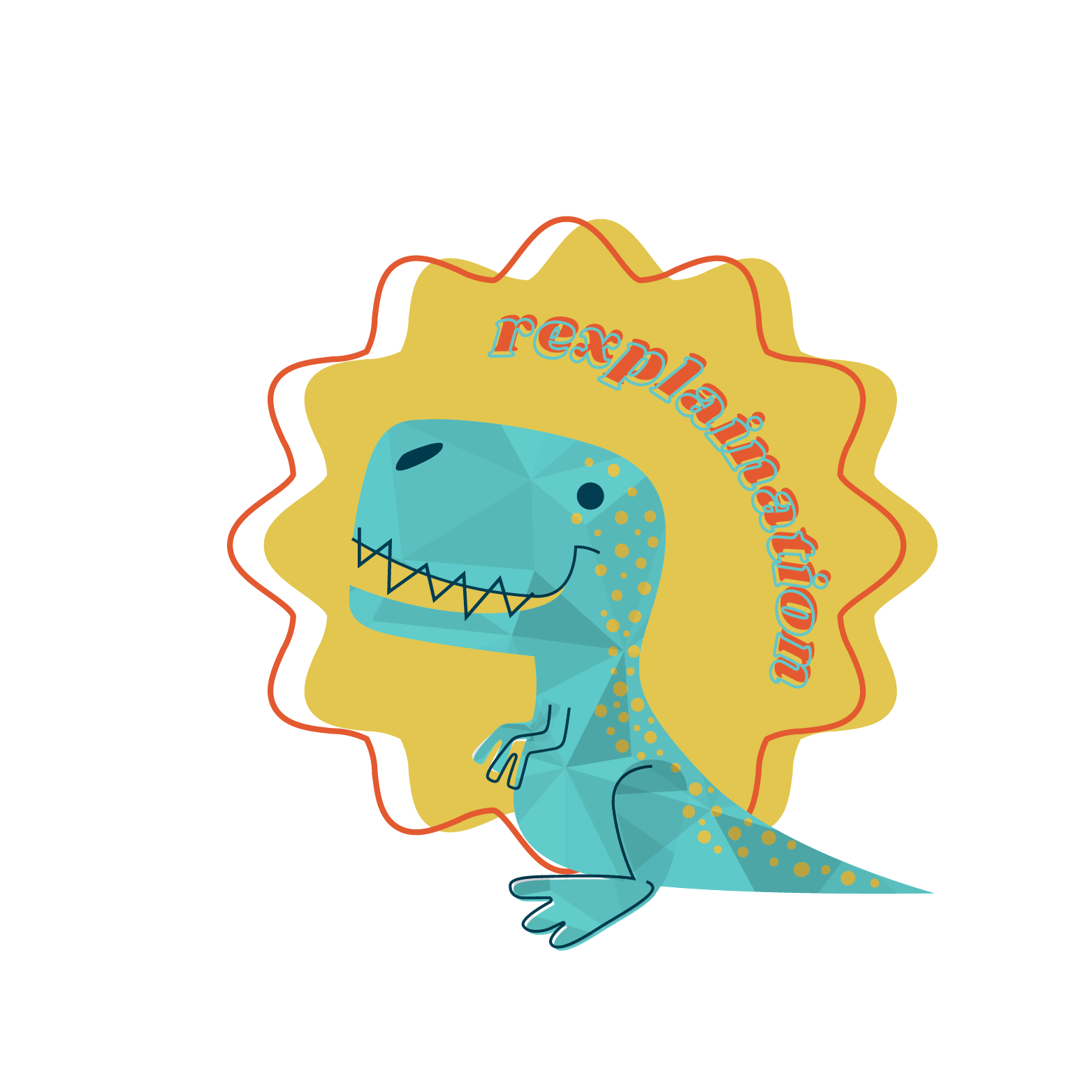
- Help your audience remember who you are with heavy branding!
- Cast a wide net of potential customers
- Focus on reach, impressions, brand recall, & top of mind
- Ask yourself what platform gives you the ability to target who you need to
Phase 2: Consideration

Your Message
- Continue implementing heavy branding.
- Implement key brand attributes & selling propositions.
- Drive your audience back to your website to gain more information.
Your Audience
As your audience is considering your brand, it’s still okay to cast a wide net since you aren’t aggressively selling yet. Continue to target your ideal customer profile, but also begin implementing some retargeting.
- Continue to target your ideal customer profile.
- Target those who have shown interest in your brand.
- Retarget site visitors.
Your Objectives
- Brand favorability
- Brand preference
- Clicks (to gauge purchase intent)
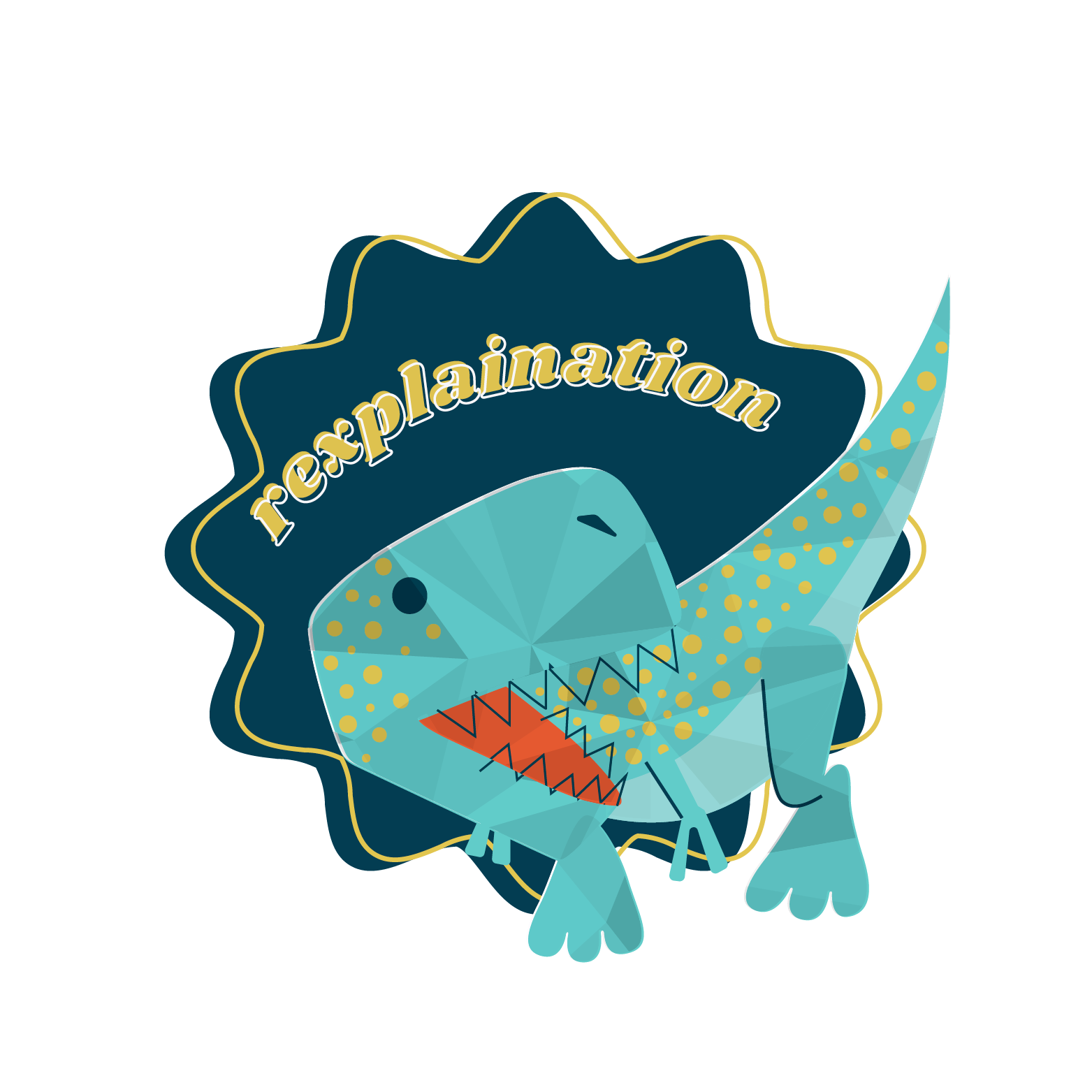
- Hit heavy on branding, but begin implementing selling propositions
- Cast a wide net, but also retarget previous site visitors
- Focus on brand preference, brand favorability, and clicks
Phase 3: Conversion
Your Message
- Create urgency. Use phrases like “Limited Time Only” or “Limited Products”
- Implement a strong call to action specific to what your audience should do. “Buy Now,” “Sign Up,” etc.
- Consider offering a coupon code
- SELL! What are you offering that’s going to make your audience invest now?
Your Audience
Your sole focus right now is those who have shown strong interest in your brand. Retarget, retarget, and retarget.
- Retarget site visitors
- Get dynamic with it. Consider targeting those who visited your site but did not convert.
Your Objectives
Whatever your campaign objective is, that’s your focus here. Whether it be online purchases, lead form completion, video videos, downloads, etc. – this is where we drive that.
Your Platforms
Ask yourself where your audience has the intent to purchase. Where do they turn when they’re ready to buy? Some may utilize search engine ads, others might use social media platforms, banner advertising, etc. What makes the most sense for you?
- Get your audience to act! Create urgency!
- Retarget site visitors
- Focus on online purchases, downloads, lead forms, etc
- Where do online users go when they have the intent to purchase?
Phase 4: Loyalty & Advocacy

- Your probability of upselling to an existing customer is 60-70%, while that probability is only 5-20% to new prospects.
- Your current customers are 50% more likely to try a new product and spend up to 31% more, compared to new customers.
Still, however, 44% of brands focus on customer acquisition vs. only 18% that focus on retention. (Source)
Focus on Engagement
Right now, your top priority is to keep your current customers engaged with your brand as much as possible. Focus on connecting deeply with them in order to create a meaningful relationship. Your customers should be special to you, so make them know that.
- Brand Loyalty
- Brand Advocacy
How to Keep Customers Engaged
Aside from a great product and excellent customer service – connection, relationships, and personal experiences are key to staying engaged with your customer base. Ask yourself a few questions:
- How can I make my customers feel as valued as they are?
- What matters to my customers? What do they care about?
- How can I help improve their quality of life?
- How can I connect with them?
Using Social Media to Connect
As you know, social media is a very personal experience for users. Most utilize it to stay in the loop with friends, family, maybe even colleagues. Now that social media marketing has blown up in the last decade, some marketers might find it difficult to break through that organic content to promote their business. So how can you break through it?

- Keep an even focus between customer acquisition & retention
- Prioritize connecting with your current customers to maintain brand loyalty & advocacy
- Stay engaged with your customer base by creating a meaningful relationship with them
- Use social media to personally connect with them
The Marketing Funnel: Note From the Author

Hi there! My name is Allison Lovdahl and I serve as the Digital Marketing Specialist here at Systemax. My role is to work closely with clients to help develop digital marketing strategies that help meet their business objectives. Outside of work, you can catch me belting some Johnny Cash with one of the two local bands I play with!

